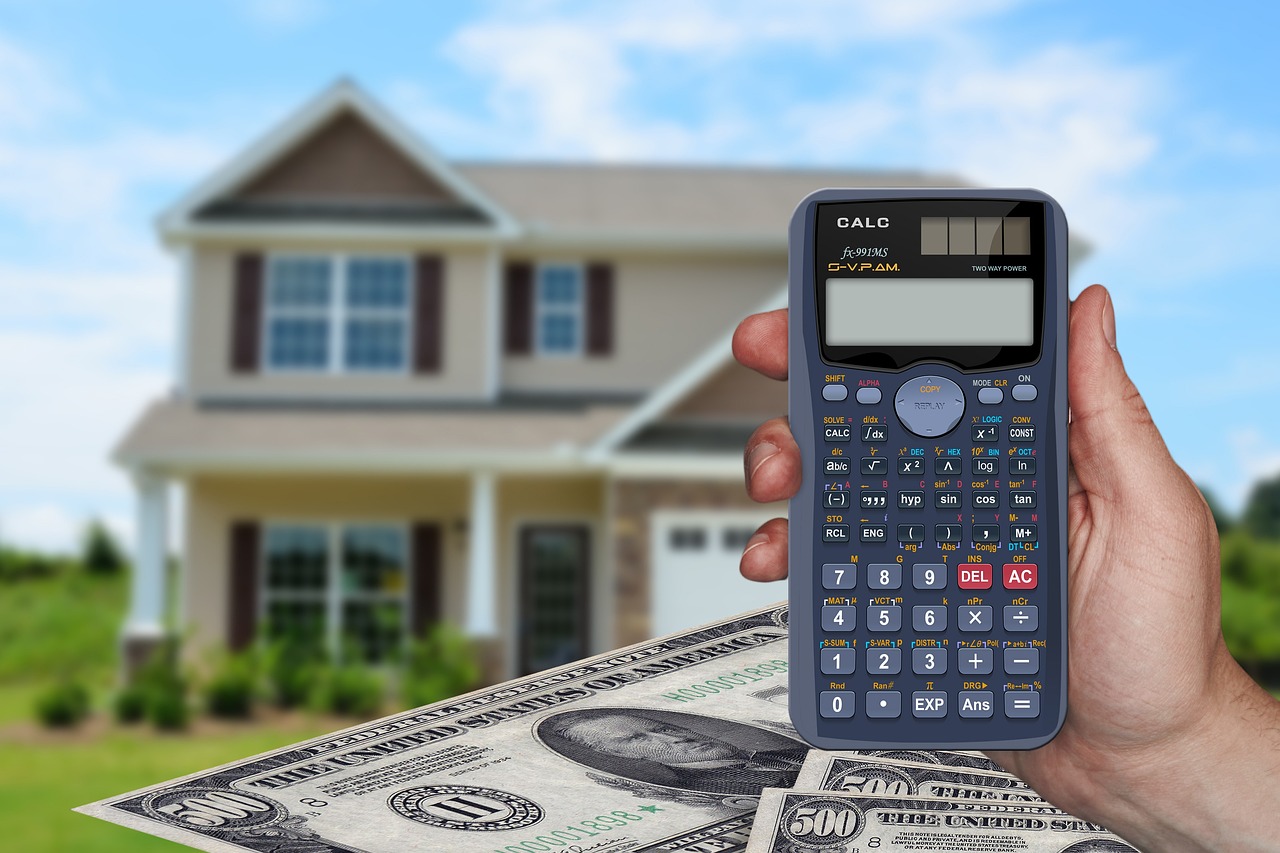Rent to Own Homes: A Simple Pathway to Homeownership
For many aspiring homeowners, the traditional route to purchasing a house can seem daunting. High down payments, strict credit requirements, and lengthy mortgage approval processes often create barriers to entry. However, there's an alternative path that's gaining popularity: rent to own homes. This innovative approach offers a more accessible way to transition from renting to owning, allowing individuals to work towards their dream of homeownership while still renting.

What exactly is a rent to own home agreement?
A rent to own home agreement, also known as a lease option or lease purchase agreement, is a contract that combines elements of both renting and buying. In this arrangement, tenants rent a property for a specified period, typically 1-3 years, with the option to purchase the home at the end of the lease term. During the rental period, a portion of the monthly rent payment is often credited towards the future down payment or purchase price of the home.
How does rent to own differ from traditional home buying?
The key difference between rent to own and traditional home buying lies in the timeline and financial commitment. With rent to own, you don’t need to secure a mortgage or make a large down payment upfront. Instead, you have time to improve your credit score, save for a down payment, and get comfortable with the property before committing to a purchase. This gradual approach can make homeownership more attainable for those who might not qualify for a conventional mortgage immediately.
What are the benefits of choosing a rent to own option?
Rent to own homes offer several advantages for potential homebuyers. First, they provide an opportunity to “test drive” a home before fully committing to purchase it. This can be particularly valuable if you’re unsure about a neighborhood or if the home will meet your long-term needs. Additionally, rent to own agreements often lock in the purchase price at the beginning of the lease, protecting you from potential market increases. Finally, the option to accumulate credits towards your down payment through your monthly rent can make saving for homeownership more manageable.
Are there any potential drawbacks to consider?
While rent to own homes can offer an affordable path to homeownership, it’s important to be aware of potential drawbacks. One significant consideration is that you may forfeit any option fees or rent credits if you decide not to purchase the home at the end of the lease. Additionally, some agreements may require you to handle repairs and maintenance during the rental period, which is typically a landlord’s responsibility in traditional rentals. It’s crucial to carefully review the terms of any rent to own agreement and consider seeking legal advice before signing.
How can you find legitimate rent to own opportunities?
Finding legitimate rent to own opportunities requires diligence and research. Start by exploring reputable real estate websites that feature rent to own listings. Local real estate agents specializing in alternative financing options can also be valuable resources. Be cautious of deals that seem too good to be true, and always verify the property owner’s credentials and the home’s condition before entering into an agreement. Consider working with a real estate attorney to review any contracts and ensure your interests are protected throughout the process.
What should you know about costs and comparisons?
When considering a rent to own home, it’s essential to understand the costs involved and how they compare to traditional renting or buying. While specific terms can vary, here’s a general comparison of costs associated with rent to own homes versus traditional options:
| Option | Upfront Costs | Monthly Payments | Additional Costs | Long-term Financial Impact |
|---|---|---|---|---|
| Rent to Own | Option fee (1-5% of purchase price) | Rent + option credit | Possible maintenance costs | Potential equity building |
| Traditional Renting | Security deposit, first/last month’s rent | Monthly rent | None (typically) | No equity building |
| Traditional Buying | Down payment (3-20% of purchase price) | Mortgage payment | Property taxes, insurance, maintenance | Immediate equity building |
Prices, rates, or cost estimates mentioned in this article are based on the latest available information but may change over time. Independent research is advised before making financial decisions.
Rent to own agreements can offer a middle ground between renting and buying, potentially allowing you to build equity while still maintaining some flexibility. However, it’s crucial to carefully consider the terms of any agreement and compare the long-term costs with other housing options in your area.
In conclusion, rent to own homes present a unique opportunity for those looking to transition into homeownership. By understanding the process, weighing the pros and cons, and carefully considering the financial implications, you can determine if this pathway aligns with your homeownership goals. As with any significant financial decision, thorough research and professional advice can help ensure you make the best choice for your future.
The shared information of this article is up-to-date as of the publishing date. For more up-to-date information, please conduct your own research.






